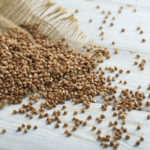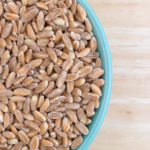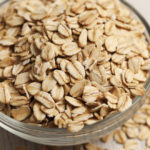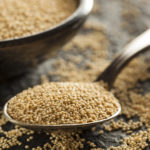Cooking With Grains: Spelt
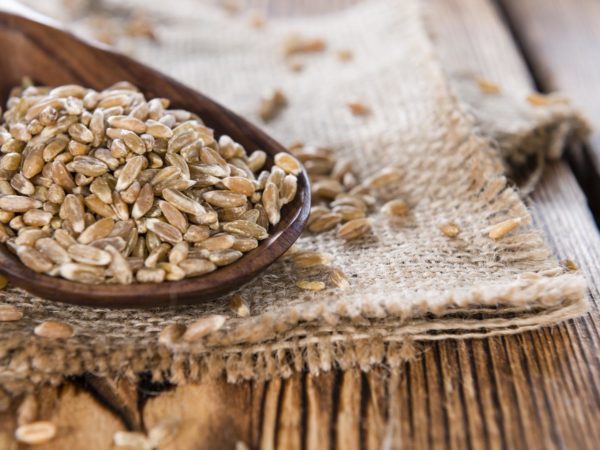
Spelt is the more nutritionally robust cousin of wheat with a 7,000-year history; it was one of the first grains to be used for bread. Since its domestication, spelt has served as a staple food around the world, from the civilizations of ancient Greece and Rome to those of medieval Europe. It is currently enjoying a boost in popularity, especially in the United States among health-conscious eaters and the organic crowd.
Spelt requires less fertilizer, and is more resistant to disease and pests than other forms of wheat thanks to its tough outer hull. Spelt provides a broader range of nutrients than other members of the wheat family; it’s high in manganese, vitamin B2, niacin, thiamin and copper. Spelt is particularly heart-healthy, as niacin protects against numerous cardiovascular risk factors (such as high cholesterol and platelet aggregation). Spelt’s fiber helps reduce total and LDL (“bad”) cholesterol levels (one-half cup of cooked spelt provides four grams of fiber for only 123 calories).
Because spelt contains less gluten and is more easily digestible than wheat, many people with wheat sensitivities or allergies find that they are able to tolerate it. However, because spelt is a wheat relative containing a moderate amount of gluten, it is always unsuitable for those with celiac disease or gluten intolerance, and sometimes even for those with wheat intolerance.
Cooking time: 90 minutes
Liquid per cup of grain: 3 1/2 cups
How to cook spelt: Combine spelt berries and water in a pot and bring to a boil. Reduce heat, cover and simmer until tender.


